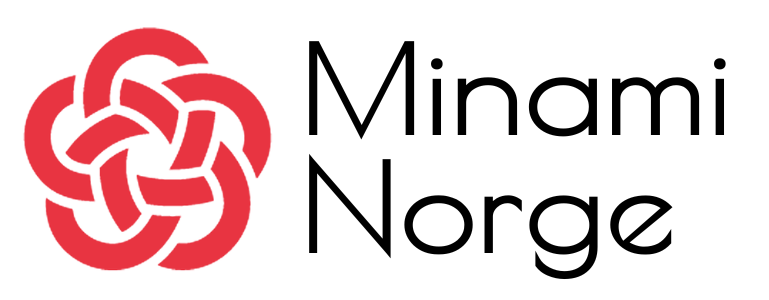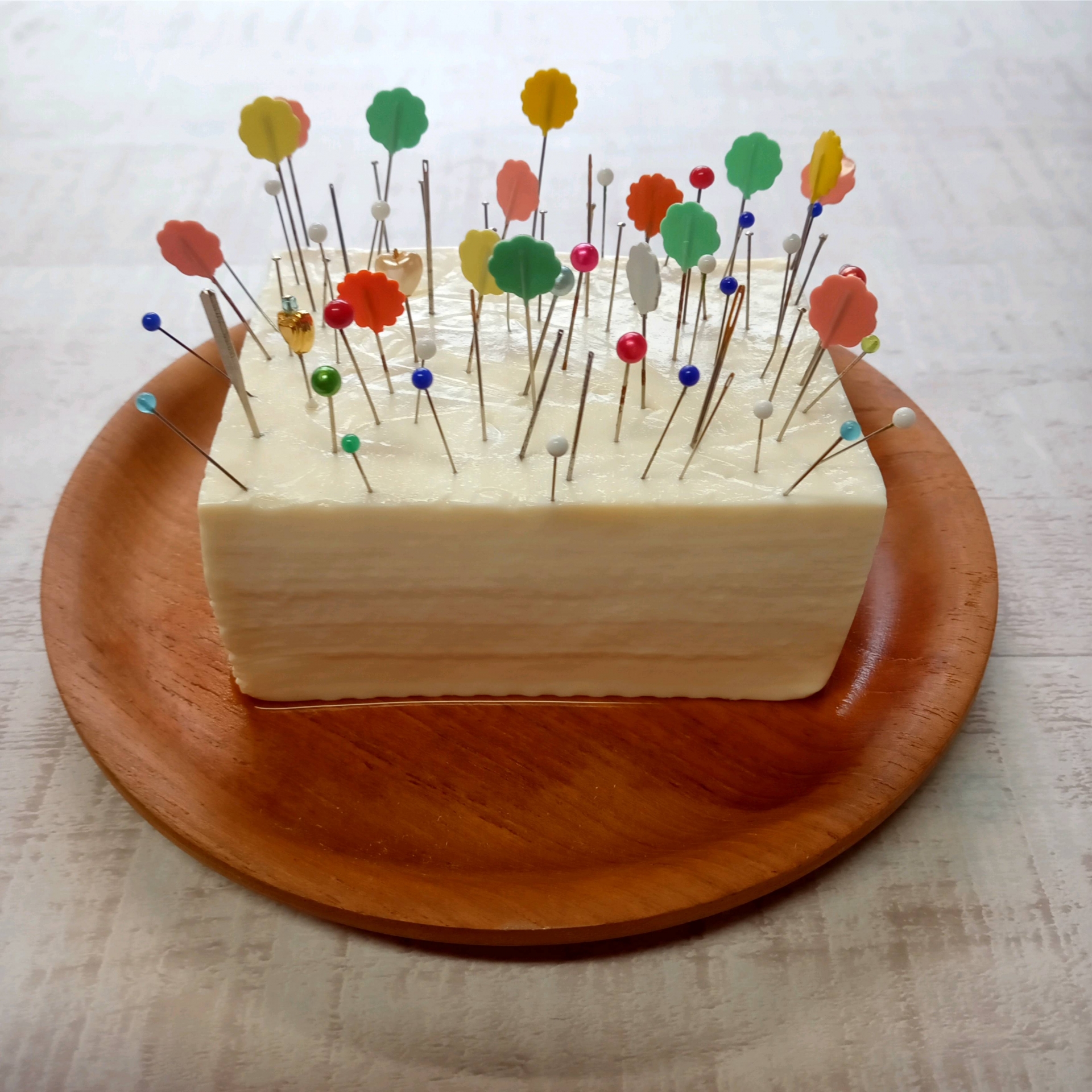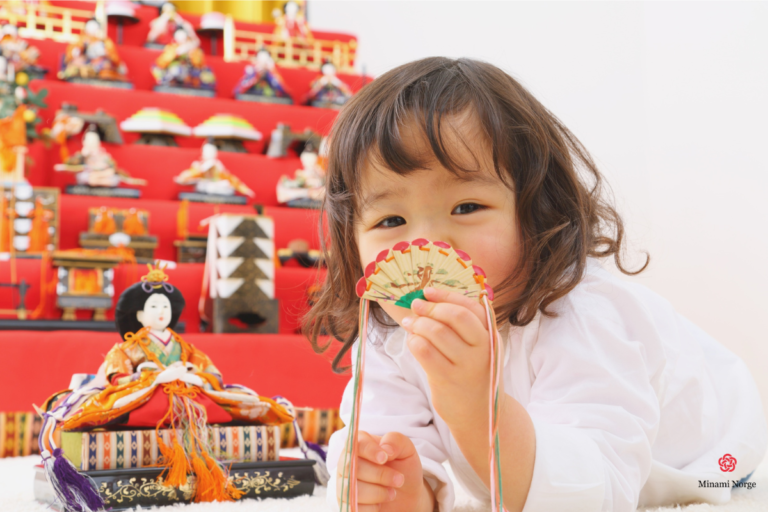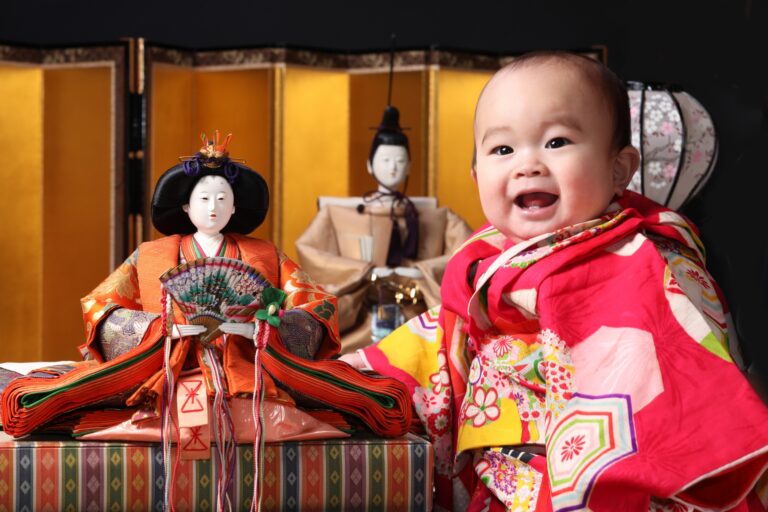What is Hari Kuyou?
Hari Kuyou is a traditional Japanese ceremony held to honor and give thanks to old or broken sewing needles. For people who sew as a profession or as a household task, needles are essential tools, and this event expresses gratitude for their service while also praying for improved sewing skills.
Origins of Hari Kuyou
The origins of Hari Kuyou are said to date back to the Edo period. Because needles are thin and fragile, instead of discarding them carelessly, people chose to honor and offer them a proper farewell. This reflects the Japanese belief that objects have spirits and should be treated with respect. By holding a memorial for the used needles, people express their gratitude and acknowledge their role in daily life.
How Hari Kuyou is Celebrated
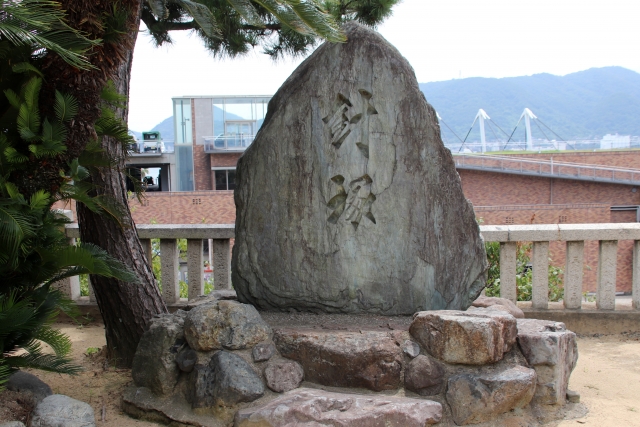
Hari Kuyou is typically observed on February 8th and December 8th each year, though the exact date may vary by region.
The ceremony generally follows this structure:
- Bringing old or broken needles to a shrine or temple
- Placing the needles into soft tofu or konjac (konnyaku)
- Prayers and sutra recitations by priests or monks
- Wishing for safety and improvement in sewing skills
Why Use Tofu or Konjac?
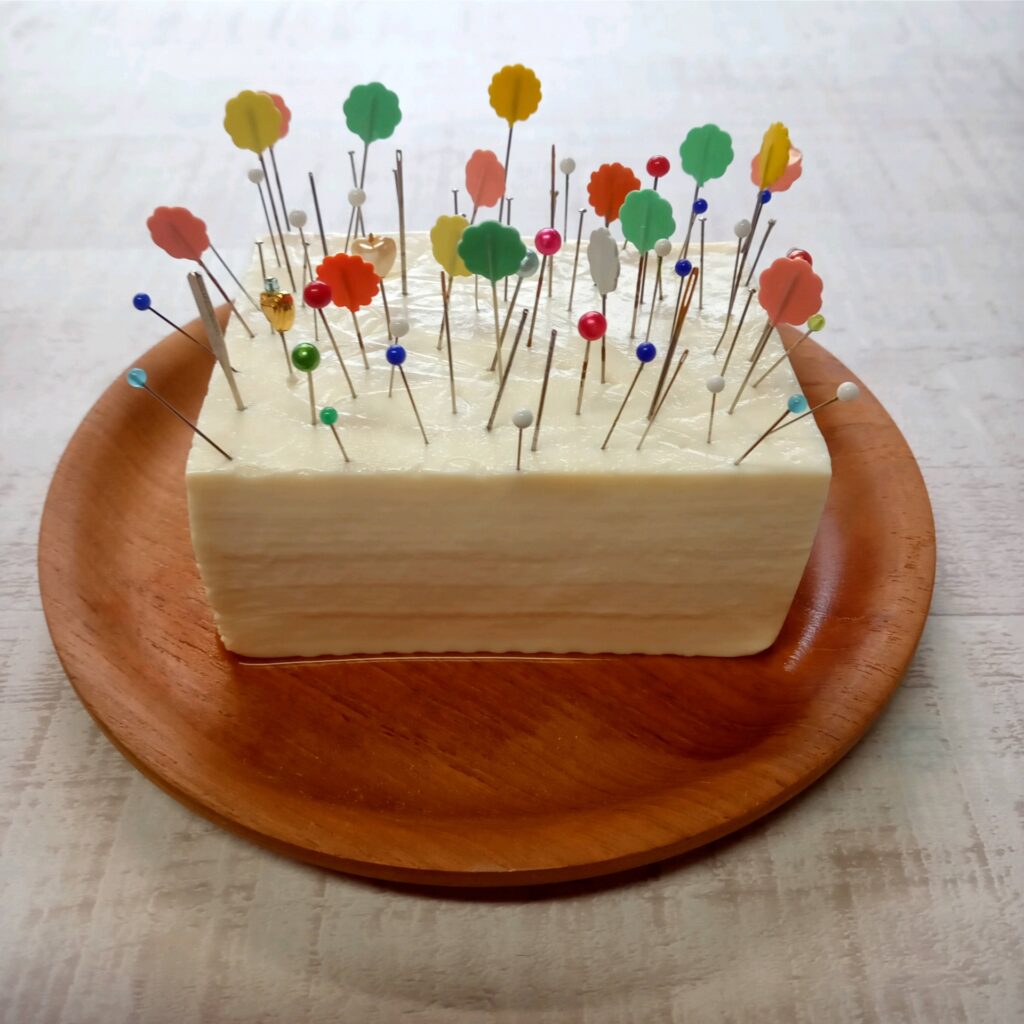
The tradition of placing needles into soft tofu or konjac symbolizes offering them a gentle resting place after their long service. Since needles have endured the stress of piercing fabric over time, this act allows them to rest in a soft, peaceful medium before their final send-off.
Hari Kuyou in Modern Times
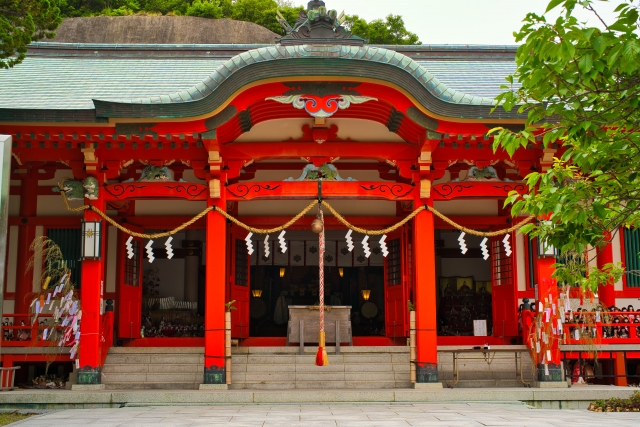
Even today, Hari Kuyou is still practiced in various locations across Japan. Some well-known shrines and temples that hold the ceremony include:
- Asakusa Temple (Awashima-do) in Tokyo
- Awashima Shrine in Osaka (its main shrine in Wakayama is also famous)
- Hōrinji Temple in Kyoto, known for its Hari Kuyou services
These locations continue to attract many visitors who participate in the ceremony to express gratitude for their tools and pray for the improvement of their craft. In recent years, even people who do not sew have started taking part in the event, recognizing it as an opportunity to appreciate the things they use daily.
Conclusion
Hari Kuyou is a cherished tradition in Japan that reflects the value of gratitude and mindfulness towards tools. Even in today’s modern world, the principle of appreciating the items we use remains relevant. If you have the chance, why not participate in a Hari Kuyou ceremony and experience this heartfelt tradition firsthand?
